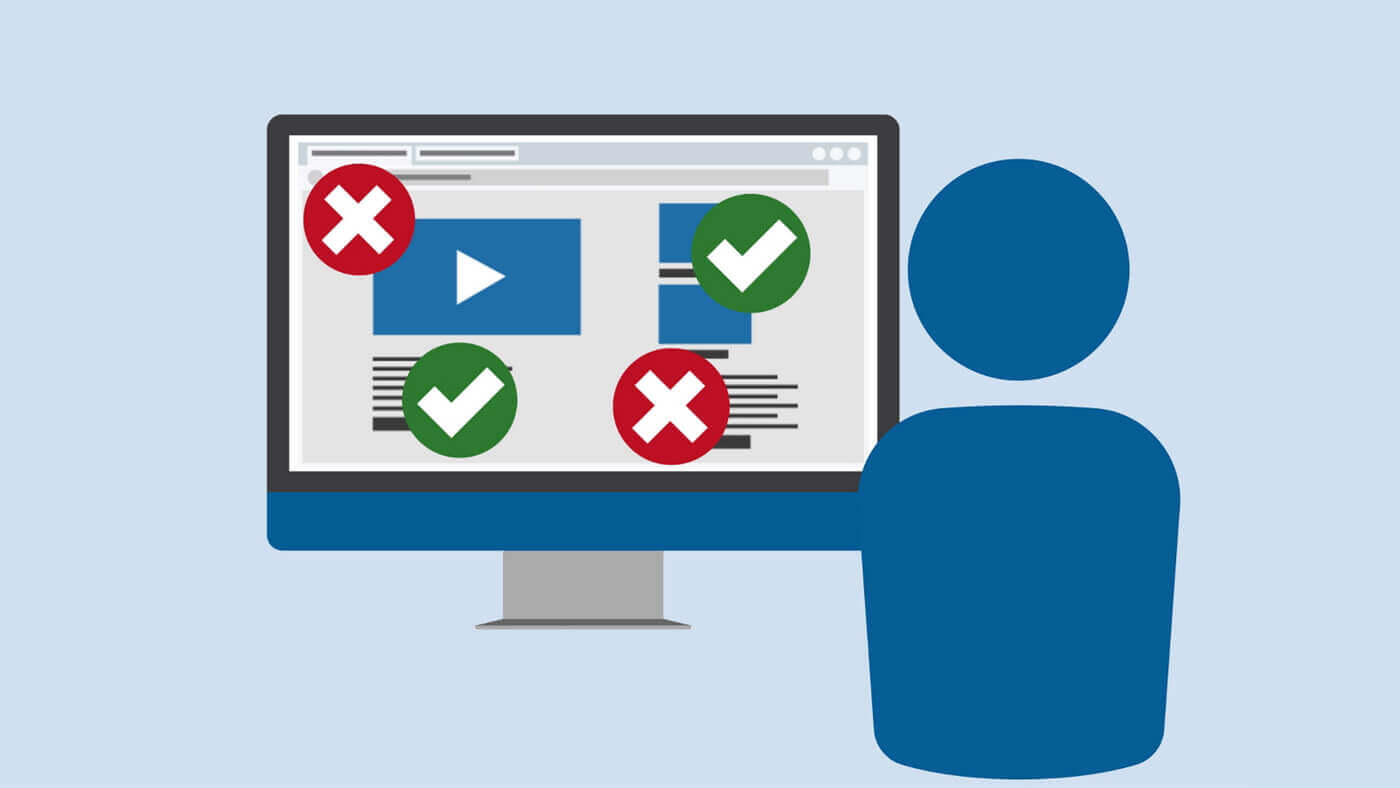Agencia 92: Your Source for Trending News
Stay updated with the latest insights and stories that matter.
Accessibility is the New Cool: Why Your Website Can't Afford to Ignore It
Unlock the secrets of web accessibility! Discover why making your site inclusive is essential for success and engagement. Don't miss out!
10 Key Benefits of Making Your Website Accessible
Making your website accessible is not just a legal obligation but a smart business strategy. Accessibility ensures that everyone, including individuals with disabilities, can access and navigate your site effectively. This inclusivity opens up your audience to a wider demographic, potentially increasing your customer base and driving higher traffic. Moreover, search engines favor accessible websites, which can lead to improved SEO rankings and visibility in search results.
Another significant benefit of an accessible website is enhanced user experience. When you cater to the needs of all users, you create a more user-friendly interface that can lead to longer engagement times and lower bounce rates. Accessible design improves overall functionality by using clear layouts, easy navigation, and alternative text for images. These features not only help individuals with disabilities but also benefit users in general, making it easier for everyone to find the information they need quickly and effectively.

How Accessibility Enhances User Experience: The Case for Inclusivity
Accessibility plays a crucial role in enhancing user experience by ensuring that a website is usable by all individuals, regardless of their abilities or disabilities. This approach not only promotes inclusivity but also expands the audience reach, allowing businesses to connect with a broader demographic. By incorporating accessibility features such as keyboard navigation, screen reader compatibility, and alternative text for images, website owners can create a seamless experience for all users. In fact, studies have shown that accessible design tends to improve overall usability, making it easier for everyone to engage with content.
Additionally, prioritizing accessibility fosters a positive brand image and builds customer loyalty. When users see that a brand values inclusivity, they are more likely to engage and recommend the service to others. Implementing accessibility best practices not only meets legal requirements but also demonstrates a commitment to social responsibility. In an increasingly digital world, neglecting accessibility can alienate potential customers and diminish overall user satisfaction. Therefore, embracing inclusivity is not just a moral imperative but also a strategic business decision that enhances the overall user experience.
Is Your Website Truly Accessible? Top Tools to Evaluate Compliance
Ensuring that your website is truly accessible is not just a legal requirement, but also a moral imperative that opens your content to a broader audience. Accessibility encompasses various elements, including text readability, navigational ease, and compatibility with assistive technologies. Failing to meet these standards can result in alienating a significant segment of your visitors. To evaluate your site's compliance with accessibility guidelines, utilizing the right tools is essential.
Here are some top tools to help you evaluate your website's accessibility compliance:
- WAVE: A web accessibility evaluation tool that helps you identify accessibility and Web Content Accessibility Guidelines (WCAG) issues.
- Axe: An open-source accessibility testing engine that integrates with your development workflow, allowing for real-time feedback.
- Google Lighthouse: A robust tool that audits performance, accessibility, and SEO, providing a comprehensive report for improvement.
Incorporating these tools into your assessment process can significantly enhance your website's accessibility and usability.